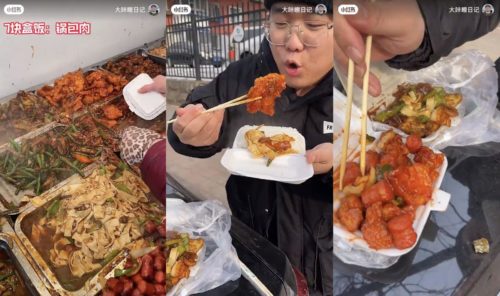10 Chinese seasoning essentials you should keep in your pantry
In preparation for The China Project's new weekly food column, take a look at this list of ingredients that'll make any dish, Chinese or otherwise, that much tastier.
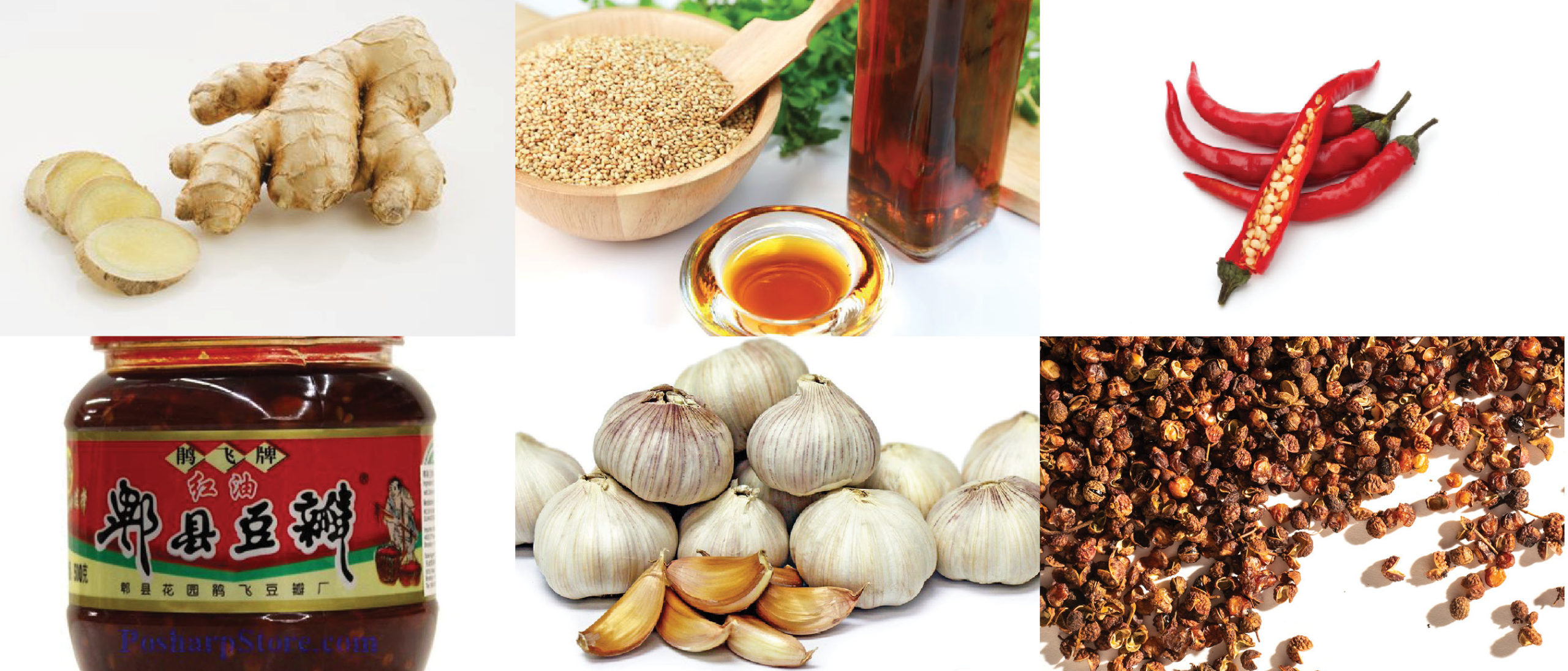
Editor’s Note: We’re starting a new Chinese food column this week, which will run every Thursday. To get you prepared, stock up first with the seasonings on this list.
Chinese cuisine varies dramatically from region to region, but whatever dish you’re trying to make at home, it’s a good bet that you’ll use at least one of the seasonings on the list below.
For the uninitiated, some of these spices may seem intimidating. But don’t worry, we’ll give you simple and detailed recipes in our weekly column starting tomorrow.
There is no hard rule in Chinese cooking about how much and what spices you have to use. Play around with them and you’ll find your own balance.
These ingredients can almost certainly be found in Chinese grocery stores or online, if not your local supermarket.

Scallions / green onion (香葱 xiāngcōng)
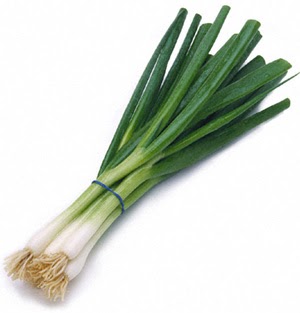
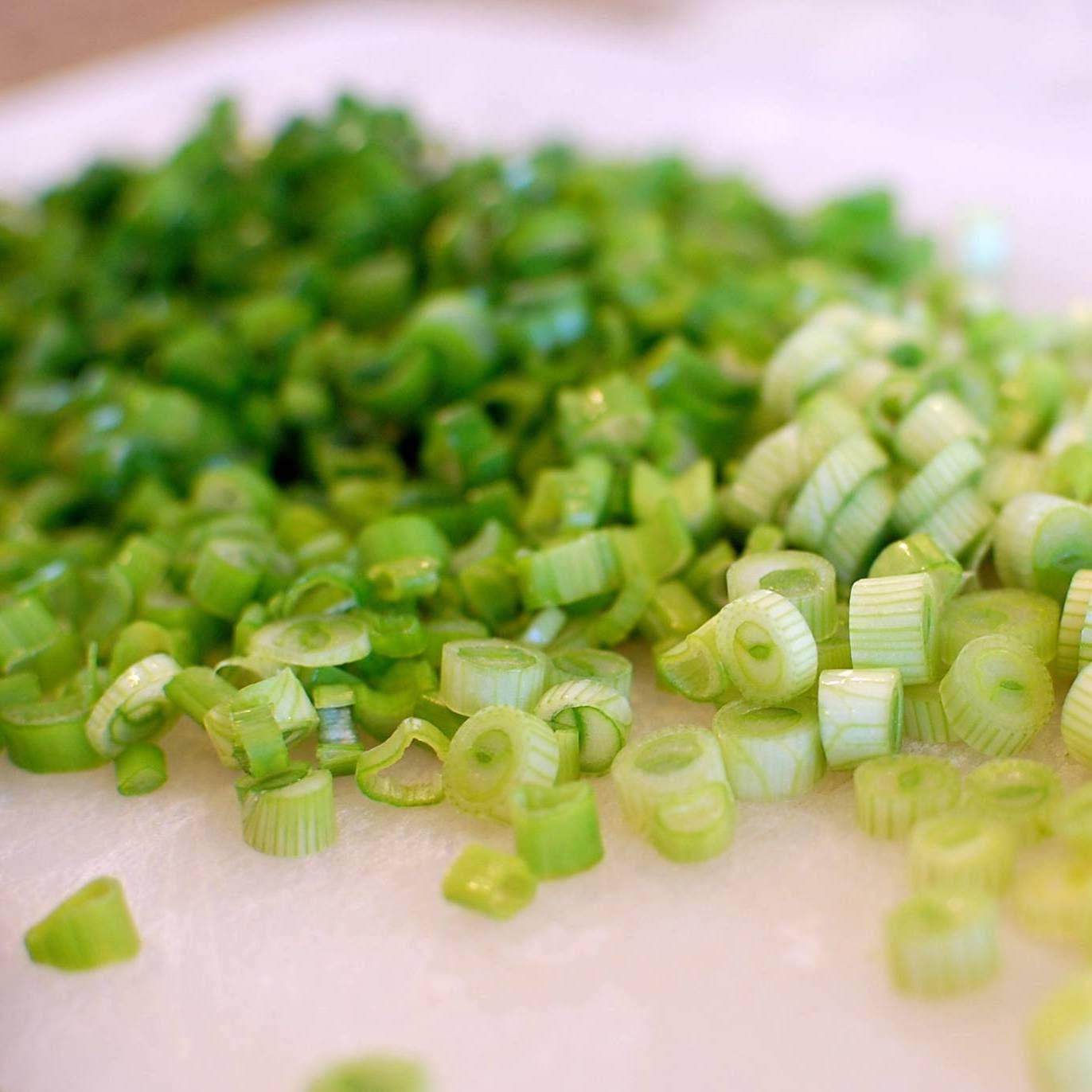
Green onions, ginger, and garlic are the three most common Chinese herbs and spices, which are commonly used together to cook all kinds of vegetables and meat, especially in stir fry.
Also known as scallions, green onions can also be substituted with spring onions and similar herbs. Green onions are actually baby onions that are picked before they mature, and is the most commonly used onion in Chinese cooking.
Stir fry the spices and herbs first in heated oil to allow the fragrance to come out before you add other ingredients. The white part is usually put in first to be cooked with other spices while the green part is usually chopped to decorate and give food its final flavor.
While roots are often chopped off, you can regrow new green onions from those roots. Get a bunch of green onions, a jar, some fresh water, and we’ll tell you what to do next week.
Sample dishes: Egg-fried rice, noodle soup, scallion pancake

Ginger (姜 jiāng)

Ginger is very commonly used in Chinese cooking. It can be deployed in a variety of food or medicine items, including meat, seafood, candy, soda, pickles, herbal tea, and alcoholic beverages. When cooked, the pungency of ginger mellows and helps eliminate the gamy or fishy scents.
Fresh ginger often gives you a better and stronger flavor than ginger powder or the dried version. Peel it before using it; you can also put in the fridge or freezer for long-term storage.
Among a long list of health benefits, ginger helps regulate insulin and keep your metabolism running, and is proven to reduce the overall risk of diabetes.
Sample dishes: Chicken soup, pot roast, steamed fish

Garlic 蒜 (suàn)

China leads the world in garlic production, contributing around 80% of the global supply.
Eaten raw, pickled, or fried, this potent antioxidant, antibiotic, and antiviral herb is a fundamental component of many Chinese dishes and sauces. Minced, pounded, sliced, or crushed, it strengthens the taste of other ingredients without adding too much spice.
Because of its antioxidant properties, garlic is said to give you better hair and skin by killing acne-causing bacteria.
Nothing can substitute for fresh garlic. Powdered garlic has a different taste and loses much of the nutritional value, including minerals and vitamins.
Sample dishes: Vermicelli noodles, bok choy, steamed eggplant

Chili pepper (红辣椒 hóng làjiāo)
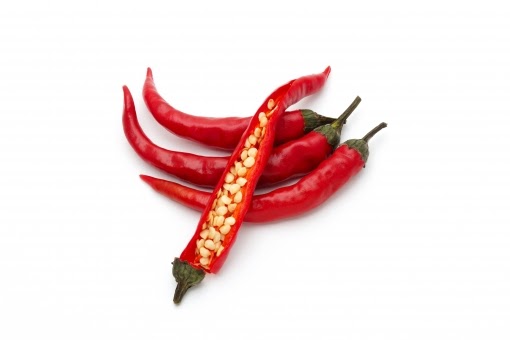
Chili pepper is heavily used in Sichuan cuisine. It is often dried to make chili flakes or chili powder, chili paste, and chili oil.
People in Hunan Province like to use fresh chilis and mix them with vinegar to generate a sour-hot flavor. Around Sichuan, people like to mix dried chilis with peppercorns to create their famous tangy and numbing flavor known as málà 麻辣, or “numb spiciness.”
Chili peppers help you burn more calories by raising the body’s core temperature during digestion. They also distract your mind and make you forget your hunger — though you may end up eating more rice because spicy food tastes really good.
Sample dishes: Mala Xiang Guo (spicy numbing stir-fry pot), Sichuan boiled beef, fish-flavored shredded pork

Sichuan peppercorn (花椒 huājiāo)
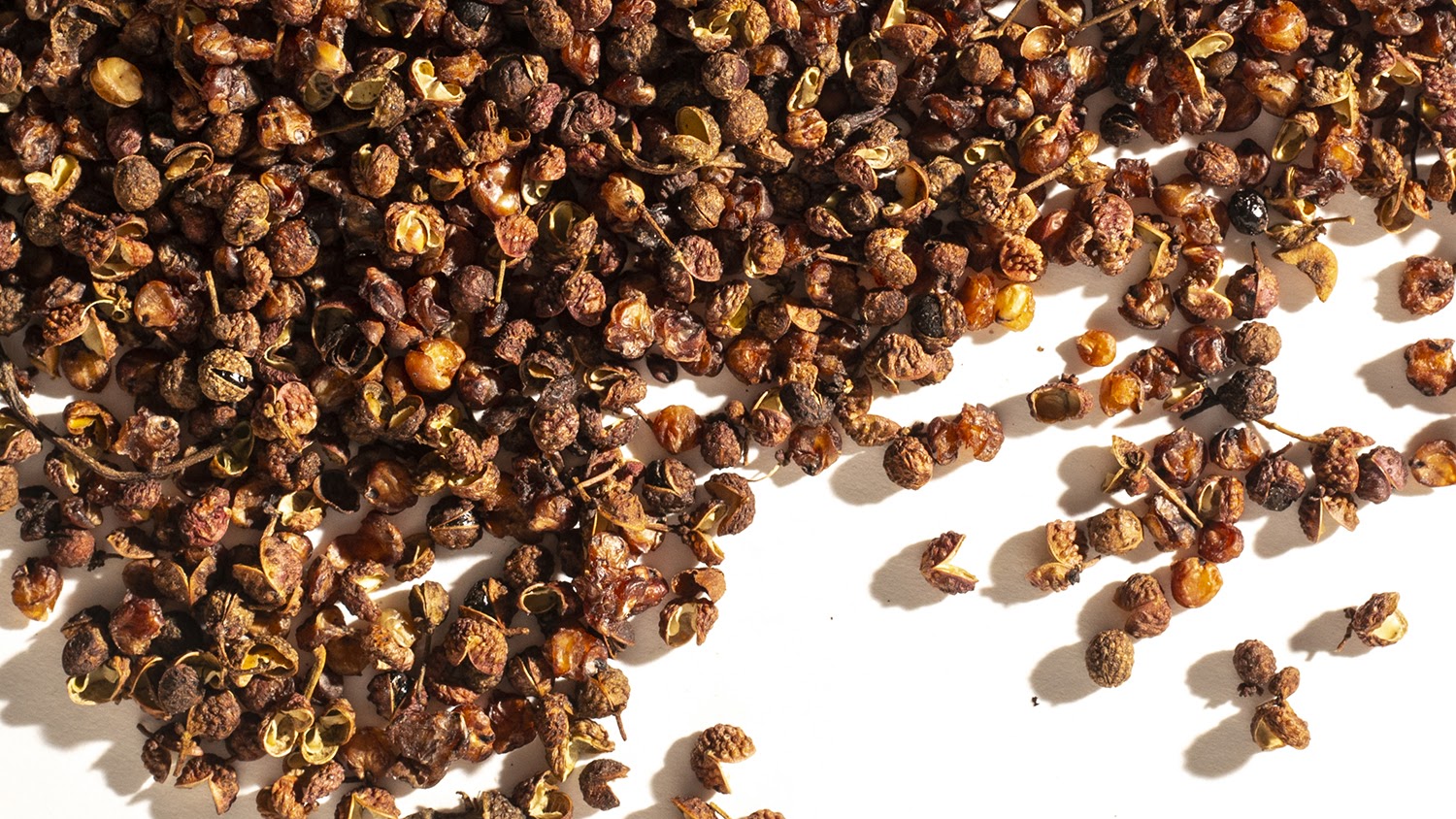
Think about how your tongue feels when you’re having carbonated drinks. Now multiply by 10. That’s the same feeling you get when Sichuan peppercorns tingle and numb your mouth. They also provide an extra kick for spicy dishes.
According to a 2013 study, Sichuan pepper can cause a vibration on your lips at around 50 Hz, the same frequency as an electrical grid. Your brain interprets the pain as a sense of euphoria similar to a “runner’s high.” It can be irresistible and addictive.
You generally add the spice at the last moment while pouring some hot oil on the top to get the fragrance out.
Sample dishes: Mapo tofu, peppercorn chicken, hotpot

Chili bean paste (豆瓣酱 dòubàn jiàng )
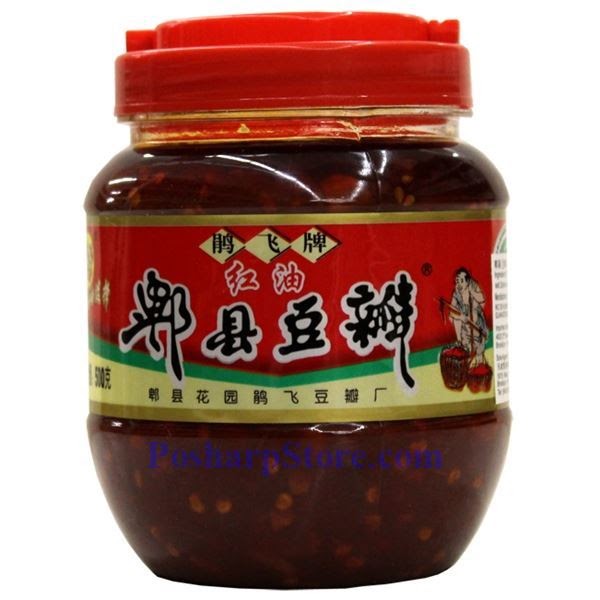
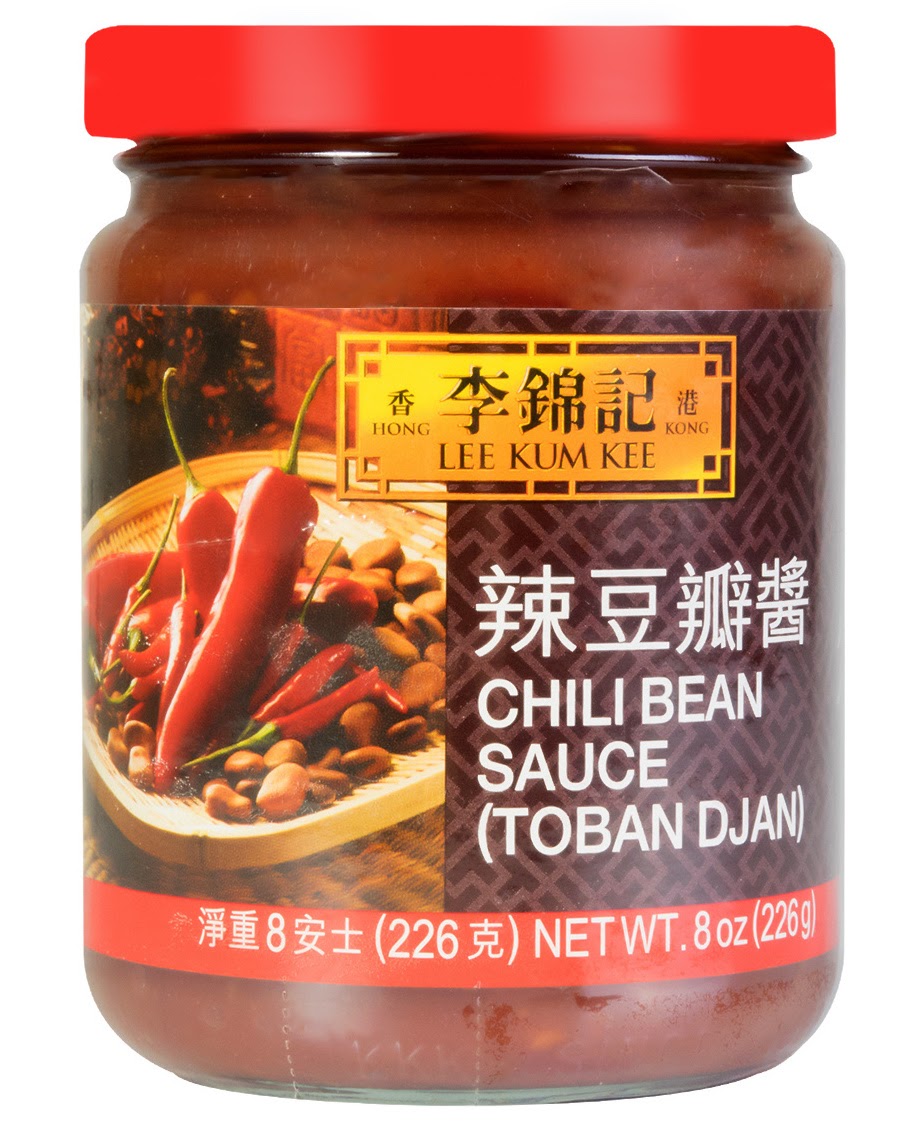
If you’re a big fan of Sichuan cuisine like me, chili bean paste is another must-have, commonly known as the soul of Sichuan cuisine. It’s often used in stir fries like the beloved mapo tofu.
Depending on your spice tolerance, you can choose the original or spicy version, though I’d recommend the spicy one that gives you an authentic Sichuan taste.
Made from fermented broad beans, soybeans, salt, rice, and various spices, Pixian chili bean paste (郫县豆瓣酱 Píxiàn dòubànjiàng) is the most famous brand, named after a small town in Sichuan. Thanks to the region’s unique natural resources, Pixian paste features a deep and rich umami.
Sample dishes: Mapo tofu, double-cooked pork, Sichuan boiled fish

Soy sauce (酱油 jiàng yóu)
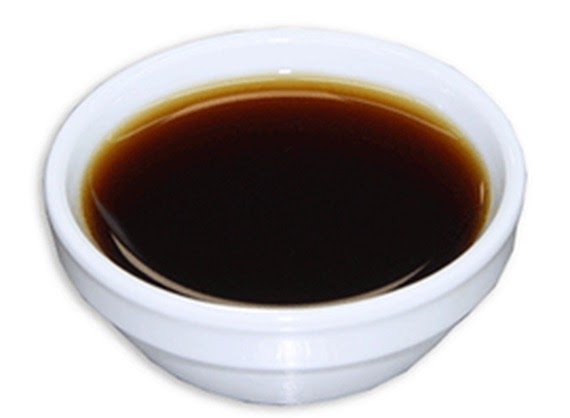
Soy sauce is one of the world’s oldest condiments, having been used in China for more than 2,200 years. In Chinese cooking, soy sauce is often added directly to food, instead of as a dip, as with sushi.
There are two types of soy sauce: light soy sauce (生抽 shēng chōu) and dark soy sauce (老抽 lǎo chōu).
The light soy sauce is thinner and saltier, and works for most Chinese recipes. I use it as a substitute for salt, which gives you a distinctive savory taste coming from soybeans. The darker, thicker, and less salty soy sauce is mainly used to add color, like the glossy brown featured in red braised pork belly (红烧肉 hóng shāo ròu).
Sample dishes: Red braised pork belly, stir-fried greens

Oyster sauce (蚝油 háo yóu)
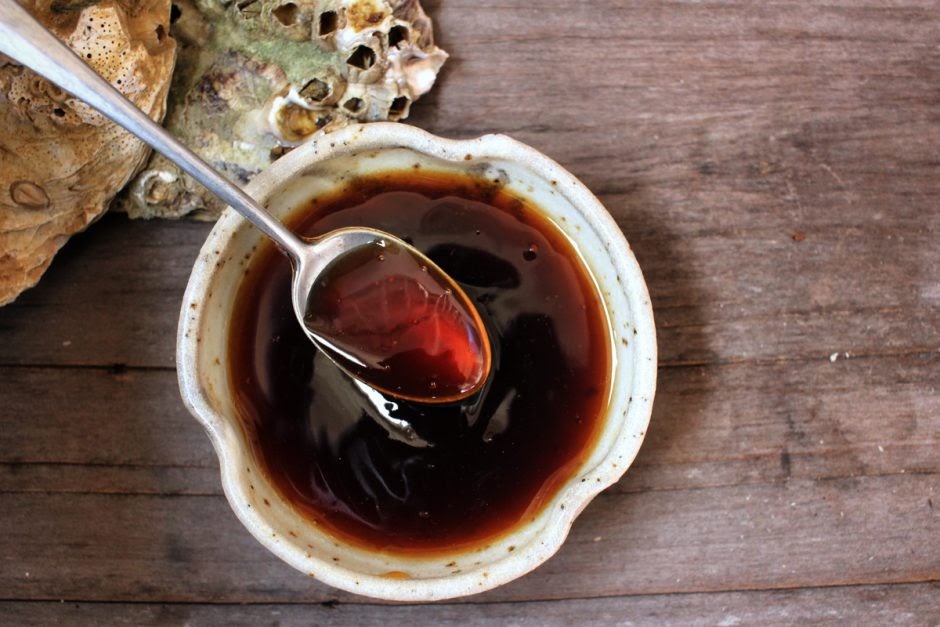
Many Chinese people believe that ingredients have their own taste that your seasoning should only enhance. Made from oyster extracts, sugar, salt, water, and thickened with cornstarch, the viscous dark brown oyster sauce is known for bringing out the umami and rich savoriness in flavorful ingredients.
It tastes both sweet and salty. A little less salty than soy sauce, oyster sauce is often added with soy sauce to enrich a food’s texture and flavor.
Sample dishes: Stir-fried greens

Five-spice powder (五香粉 wǔ xiāng fěn)
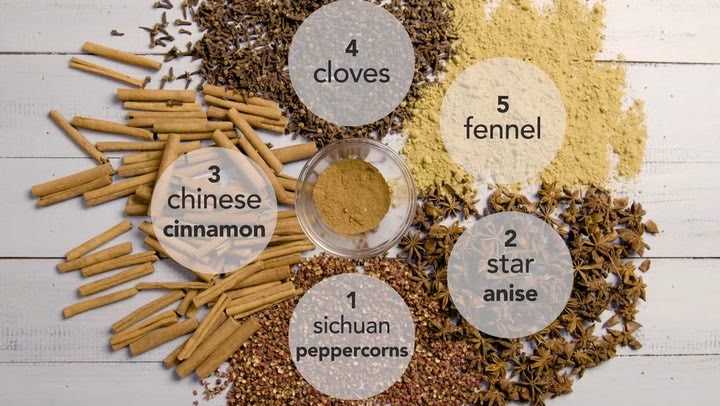
Five-spice powder is a mixture of five spices, including star anise, cinnamon, cloves, fennel, and Sichuan peppercorns. Additional spices may be added to customize the taste.
The powder generally goes well with braised or roasted meat, fish, and poultry. Included in marinades or dry rubs, the five-spice powder produces a complex flavor of warm, sweet, bitter, sour, salty, and spicy. You can also put the blend in veggie dishes like stir-fried tofu.
Sample dishes: Beef stew, broiled chicken, red braised pork belly

Sesame oil (芝麻油 zhī má yóu)
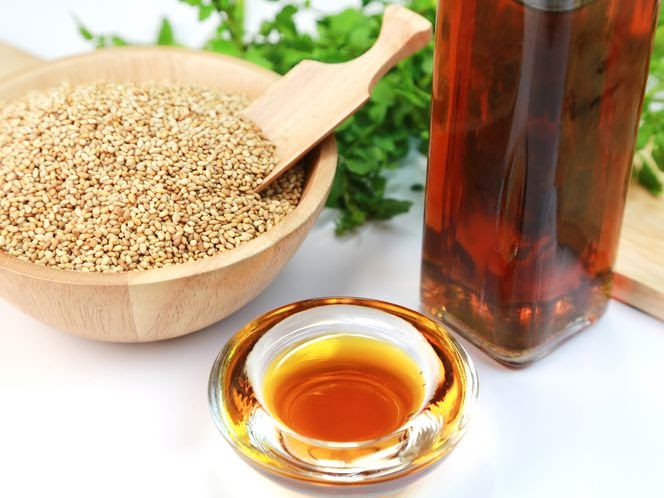
Sesame oil has a distinctive nutty aroma and taste that is often used as a flavor enhancer in the final stages of cooking. I usually put a couple of drops in any soup or cold dish.
Derived from sesame seeds, sesame oil is high in minerals that are good for our hair, skin, and eyes. It’s also reported to lower blood pressure and reduce stress.
Sample Dishes: Egg soup, noodle soup, shredded cucumber

Want to know more about Chinese food and Chinese cooking? Stay tuned. Lu Zhao will give you the most authentic, interesting, and manageable recipes in a weekly food column beginning tomorrow.
UPDATE:





